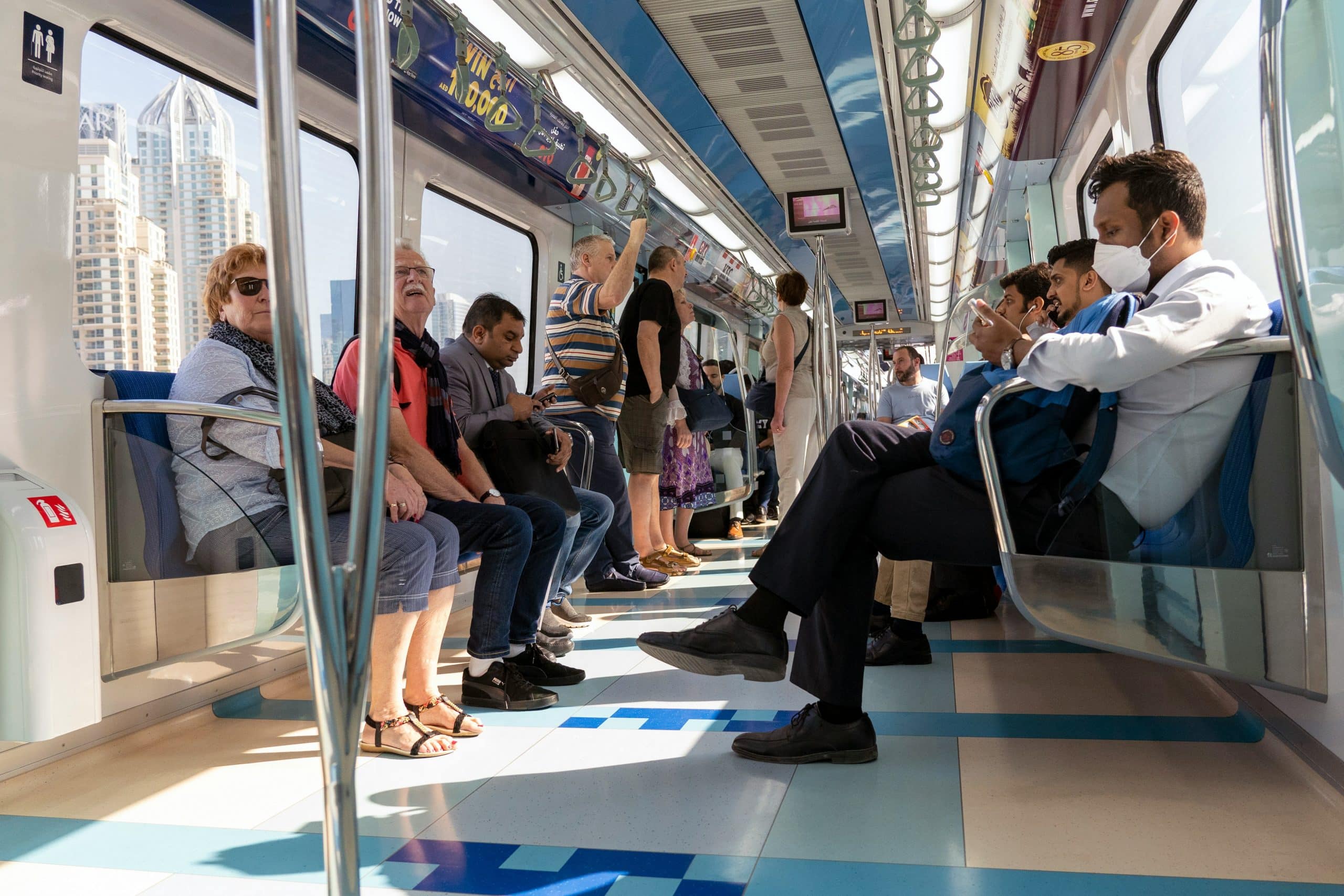How can inclusive design principles be applied to enhance public transportation accessibility?

In the urban realm, where millions of individuals from various backgrounds congregate, the role of accessibility in public transportation naturally takes on a significant priority. As a society, it is our collective responsibility to ensure that public transport is accessible to everyone, regardless of their physical abilities or other factors that may otherwise limit their mobility.
In this article, we will delve deep into the principles of inclusive design, explore how they can be applied to public transportation systems to enhance accessibility, and ultimately, create an enriching experience for all users.
Have you seen this : What impact does eco-friendly packaging have on the reduction of single-use plastics?
The Meaning and Importance of Inclusive Design
Inclusive design isn’t just a buzzword. Instead, it describes a methodology that considers as many people’s needs and abilities as possible. Often confused with universal design, inclusive design is more than just creating a one-size-fits-all solution. It involves understanding and acknowledging the diverse needs of individuals and creating solutions that provide an accessible and positive experience for diverse user groups.
Inclusive design is about considering all human needs and abilities throughout the design process. It aims to remove the barriers that create undue effort and separation. By focusing on inclusivity, designs can reach and benefit more people.
Also to discover : What are the economic implications of renewable energy adoption in developing countries?
In the context of public transportation, inclusive design means creating systems and experiences that are not only physically accessible but also intuitively usable by people with varying disabilities and limitations.
Applying Inclusive Design Principles to Public Transportation
In order to apply inclusive design principles to public transportation, it is crucial to first understand the diverse needs of the users. This includes individuals with disabilities, older adults, children, and people carrying luggage or pushing strollers.
A fundamental principle of inclusive design is to create a transportation experience that is straightforward and easy-to-use for all people. This can be achieved by incorporating clear, easy-to-understand signage, providing real-time digital information about schedules and delays, and ensuring that platforms and vehicles are accessible to individuals with mobility issues.
Another important aspect is ensuring that public transport vehicles are designed with all users in mind. This includes providing priority seating for people with disabilities, designing vehicles that are easy to board and disembark for people with mobility issues, and using audible announcements and digital displays to assist visually and hearing-impaired individuals.
Enhancing the Digital Experience for Users
In the digital age, enhancing accessibility is not limited to the physical realm of public transport. Digital systems that provide information about schedules, routes, and real-time updates also need to be designed with inclusivity in mind.
To ensure that digital platforms are accessible, designers should adhere to the principles of accessible design. These include providing alternative text for images, ensuring that text is readable and understandable, and designing navigation that is intuitive and easy to use.
Moreover, designing digital platforms that are compatible with assistive technologies, such as screen readers and speech recognition software, can greatly enhance the experience for visually impaired and hearing-impaired users.
The Role of Urban Planning in Creating Accessible Public Transport
Urban planning plays a crucial role in creating accessible public transport systems. By incorporating inclusive design principles into urban planning, cities can create environments that are inclusive and accessible to all.
This involves considering aspects such as the placement of bus stops and stations to ensure they are easily reachable, designing pedestrian paths that are safe and accessible for people with mobility issues, and ensuring that public transportation is available in areas where people with disabilities live and work.
Moreover, urban planners should consider the entire journey of a public transport user, from their initial trip planning and navigation to the station, to boarding the vehicle and reaching their final destination. Every step of this journey needs to be designed with accessibility in mind. This comprehensive approach not only enhances the accessibility of public transport but also improves the overall urban experience for all individuals.
Final Thoughts
In conclusion, applying inclusive design principles to public transportation is not merely a necessity, but a societal responsibility. By considering the diverse needs and abilities of all individuals, we can create public transport systems that are not just accessible but also provide a positive and enriching experience for all users. In doing so, we can contribute to building a more inclusive and equitable society.
Incorporating Universal Design in Public Transportation Amid the COVID Pandemic
As we navigate through the COVID pandemic, the importance of universal design in public transportation becomes even more apparent. This particularly challenging time has highlighted the various barriers that limit the mobility of certain individuals, especially those with disabilities.
Universal design, like inclusive design, aims to create environments and products that are accessible to all, regardless of age, disability, or other factors. It is guided by seven principles, which include equitable use, flexibility in use, simple and intuitive use, perceptible information, tolerance for error, low physical effort, and size and space for approach and use.
Applied to the context of public transportation, the principles of universal design serve as a comprehensive blueprint for creating public spaces and transport systems that are usable by all. This is especially relevant during the COVID pandemic, when safety and hygiene protocols have added another layer of complexity in using public transportation.
For instance, public transport operators can adopt flexibility in use, a principle of universal design, by providing multiple means of access to services. This could mean offering alternatives like home delivery services for public transportation users who cannot, or prefer not to travel due to the pandemic.
Moreover, adopting the principle of equitable use could involve designing transport systems that are usable for all, taking into account social distancing measures. This might include adding clear markings on seats and platforms to maintain safe distances, and using easy-to-understand symbols to communicate important information about COVID safety protocols.
By incorporating universal design principles in public transportation amid the COVID pandemic, we can ensure that we are not just creating inclusive spaces, but also responding effectively to the challenges of the current public health crisis.
The Importance of Research and Literature Review in Enhancing Public Transportation Accessibility
To design public transportation systems that are truly inclusive, it’s pivotal to conduct extensive research and literature review. This process allows us to understand the experiences of different user groups, especially individuals with disabilities, and identify the barriers that limit their access to public transport.
Research and literature review in the context of inclusive design can be done through various means. This includes interviewing individuals with disabilities to understand their challenges and needs, conducting surveys among public transportation users to gather feedback, and reviewing existing studies and reports on public transportation accessibility.
Moreover, research can help in understanding the impact of the built environment on accessibility. For instance, a literature review can shed light on the relationship between urban design and the mobility of visually impaired individuals, informing design interventions that facilitate their movement in public spaces.
The insights gathered from research and literature review form the basis for designing public transportation systems that are responsive to the diverse needs of all users, ensuring barrier-free access and creating an environment that is not only physically accessible, but also comfortable, safe, and easy to use.
Final Thoughts
In a nutshell, the integration of inclusive design principles into public transportation systems is a critical step towards achieving universal accessibility. By considering the diverse needs and abilities of all individuals, we can ensure that public transportation is not just a means of getting from one place to another, but a truly inclusive space that enhances the urban experience for all.
Amid the COVID pandemic and beyond, the principles of universal design offer valuable guidance in creating public transport systems that are safe, accessible, and usable for all. Meanwhile, research and literature review play an invaluable role in informing design decisions, ensuring that the solutions we develop are grounded in users’ needs and experiences.
As we move forward, let’s continue to champion for inclusive design in public transportation, and strive towards building a more inclusive and equitable society where everyone has equal access to public spaces and services.
